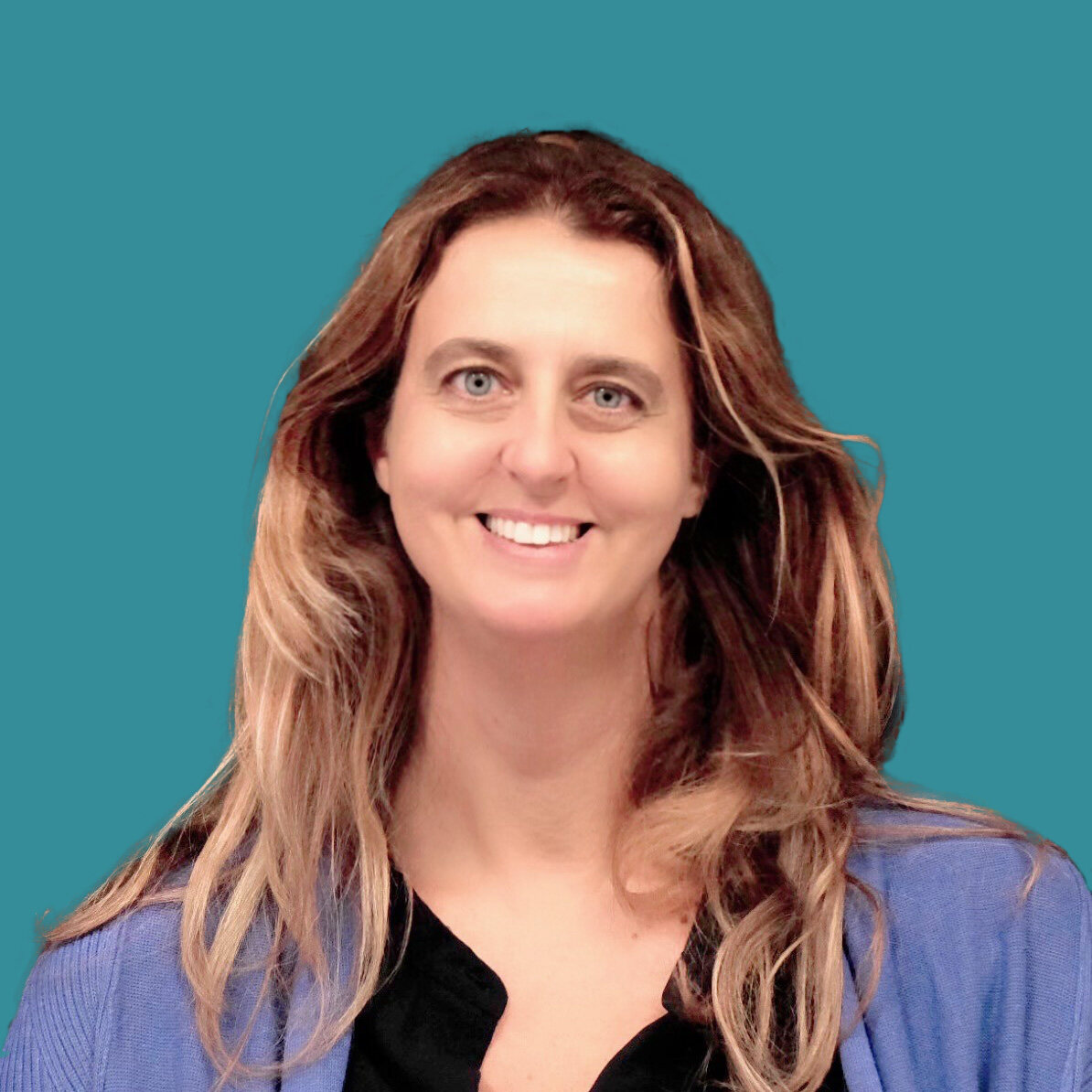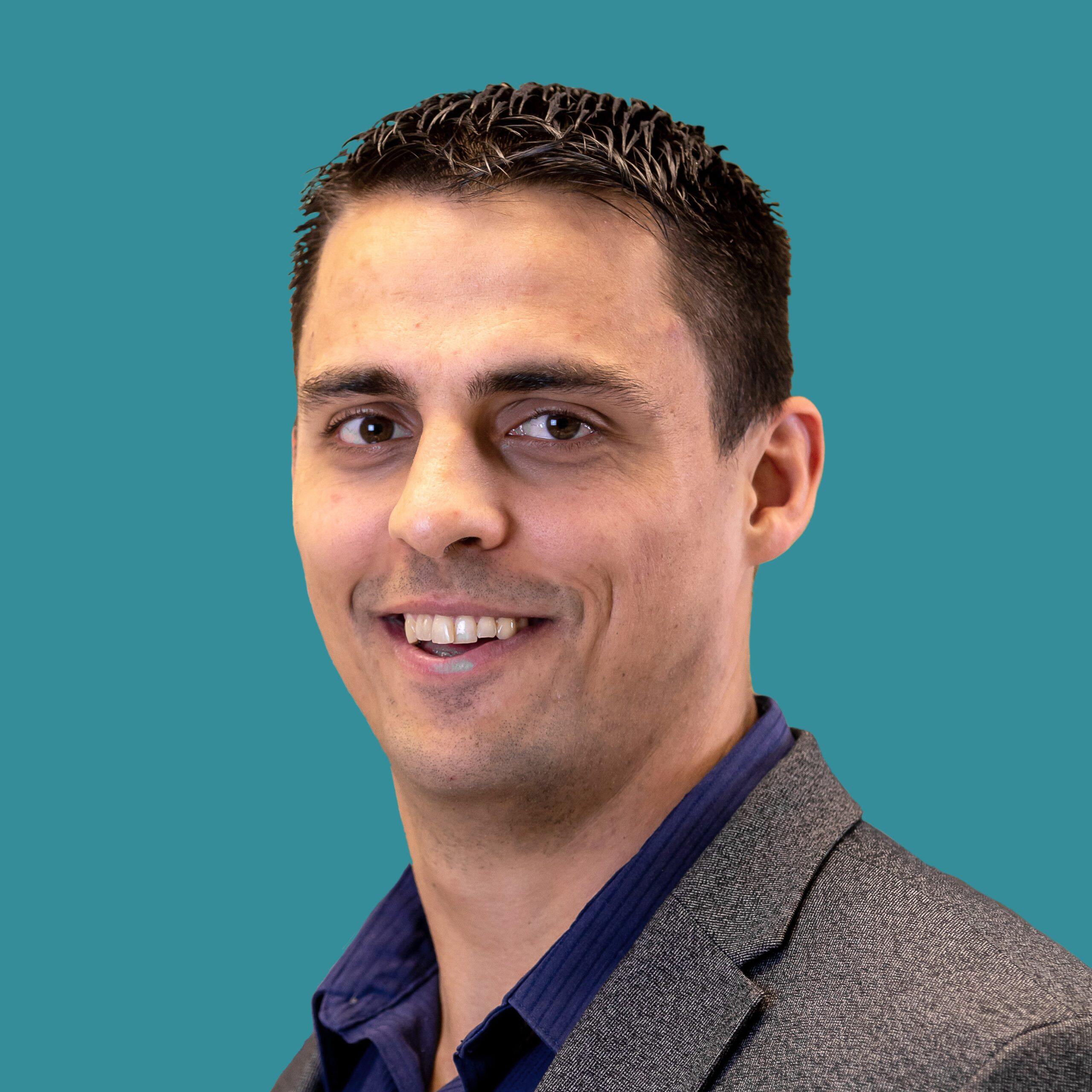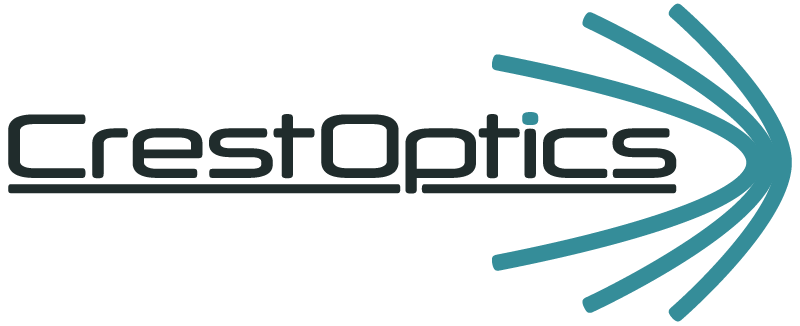Sessions: 8:00 AM | 2:00 PM | 8:00 PM (UTC/GMT +2)
Date: October 11, 2023
Invited Speakers

Silvia Di Angelantonio, Associate Professor of Physiology Sapienza University of Rome (Italy) Center for Life Nano- and Neuro- Science – Istituto Italiano di Tecnologia
Professor Silvia Di Angelantonio received her Ph.D. at the International School for Advanced Studies, SISSA in Trieste, Italy, in the fields of biophysics and neurophysiology. She became Affiliated Researcher at the Istituto Italiano di Tecnologia, Center for Life Nano Science in Rome, Italy in 2015 and Associate Professor of Physiology at the Sapienza University of Rome, Italy, in 2019. Her main ongoing project relies on the production and functional characterization of 3D brain organoids from human induced pluripotent stem cells (hiPSCs) for multiple disease modelling. In the last years, her research interest is also focusing on the impact of neuroinflammation in brain pathologies with major interest on the role played by microglia cells on neuron/microglial crosstalk. From 2018, she is serving as Scientific Advisor for CrestOptics Spa for imaging applications in 3D Biology and neurophysiology.

Erica Debbi, PhD student in Life Sciences – Sapienza University of Rome (Italy), Center for Life Nano- and Neuro- Science – Istituto Italiano di Tecnologia
Dr. Erica Debbi obtained her Bachelor Degree in Biotechnology at the “Tor Vergata” University of Rome and subsequently her Master Degree in Medical Biotechnology at the “Sapienza ” University of Rome in 2020. Currently, she is attending the 2°year of the PhD in Life Sciences at the Sapienza University of Rome and her main ongoing research project is about the analysis of the impact of heavy metals present in atmospheric particulate on synaptic development using a 2D and 3D brain model based on hiPSCs derived neurons, the tissue clearing technique and the high-resolution microscopy. She is collaborating with CrestOptics as part of her PON project on green issues.

Michael Johnson, Chief Commercial Officer – MatTek and General Manager – Visikol Inc. (New Jersey, US)
Dr. Johnson is a Forbes Magazine 30 Under 30 honoree and is the Co-Founder of Visikol, Inc. Dr. Johnson is a passionate, hard-working, and disruptive leader who has focused his efforts solely on solving the big problems that our world faces by leading the development and commercialization of paradigm-shifting technologies. While his formal training is highly technical, Dr. Johnson’s is passionate about business and at Visikol has demonstrated mastery in building a high growth and capital efficient biotech company while overseeing marketing, sales, BD, finance, accounting, operations and having full P&L responsibility. PON project on green issues.

Nicolas Baeyens, Head of the Laboratory of Physiology and Pharmacology, Université Libre de Bruxelles (Belgium)
Professor Nicolas Baeyens holds a Ph.D. in Biomedical and Pharmaceutical Sciences at the Université Catholique de Louvain, Belgium, and was postdoctoral at the Yale University Cardiovascular Centre (Laboratory of Prof. Martin A. Schwartz) in the US. Nicolas Baeyens is a Professor and holder of the Chair in Cardiovascular and Respiratory Physiology at the Faculty of Medicine of the Université Libre de Bruxelles, Belgium. Prof. Nicolas Baeyens is a specialist in cardiovascular mechanobiology, vascular malformations, hemodynamics, tissue fibrosis and mechanical signal transduction. He accumulated extensive know-how in tissue clearing and 3D volumetric imaging to study the active interplay between biomechanics and pathology.
Abstract
Studying the three-dimensional (3D) cellular structure is crucial for gaining a more meaningful understanding of biological systems as it remarkably preserves the physiological characteristics of the cellular architecture. The study of 3D cellular structures has gained increasing significance in recent years due to advances in techniques such as clearing and microscopy. Together, these techniques provide researchers with the tools to deeply visualize complex 3D cellular architectures at high resolution, enabling detailed analysis of cellular structures and functions.
Performing volumetric imaging at a considerable Z-depth is often challenging due to the light-scattering properties and opacity limits of native tissue. To address this problem, Visikol Inc. developed the Visikol HISTO-M which is an optical clearing technique (i.e., the process of making opaque biological structures transparent) designed specifically for 3D cell culture models and plate-based high-throughput processing. During the webinar, the Visikol HISTO-M technique will be described in combination with fluorescent labeling and high-content imaging allowing for more accurate 3D cell culture model characterization and drug screening.
The webinar will also feature highly relevant speakers who have made significant contributions to the clearing and organoid fields: Prof. Nicolas Baeyens,as well as Prof. Silvia Di Angelantonio and her collaborator Dr. Erica Debbi. Prof. Baeyens, a leading scientist in the field of mechanobiology, has developed an advanced clearing protocol that enables the volumetric visualization of the intricate 3D architecture of various organs, such as bones and human teeth. In the webinar, he will present how this clearing method can be applied to study tissues effectively through the detailed analysis of 3D structures. Prof. Di Angelantonio, an expert in developing innovative techniques for generating 3D brain organoids from hiPSCs, together with Dr. Debbi will share ground-breaking research on complex brain organoid structures and their potential applications taking advantage of high-resolution imaging.
In addition to that, you will learn how CrestOptics X-Light V3 Spinning Disk Confocal technology allows the collection and analysis of 3D images of whole cleared samples at a higher resolution than a wide-field microscope and at a faster scan rate than a point-scanning confocal microscope.
Altogether, our joint webinar promises to provide valuable insights into the cutting-edge techniques and applications of clearing methods, and high-content 3D imaging.
Webinar details
This webinar will be presented on the ZOOM platform, and the live session will be recorded for on-demand viewing after the event. Live answers will be provided to the questions during the Q&A session. The webinar will conclude with a survey.







